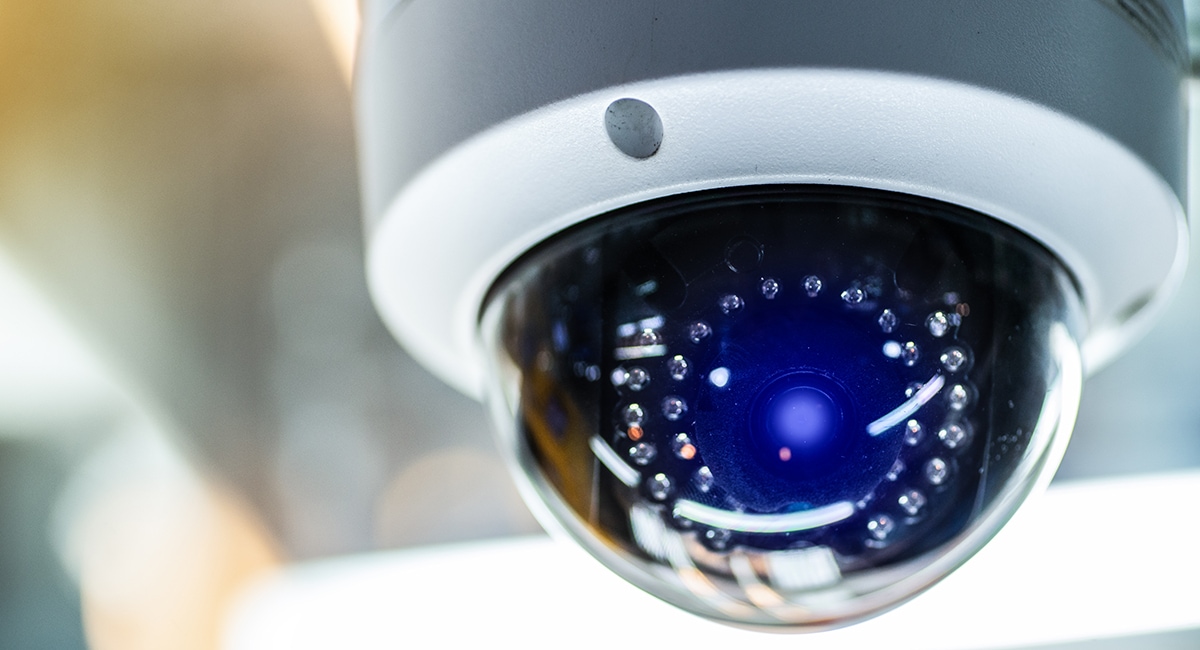October 12, 2020
3 Ways to Support Public Health with Enhanced Video Surveillance
Organizations can modify existing solutions to enable safe back-to-work and back-to-school activities.

The heart of EVS is video analytics, either built into cameras or integrated into the back-end video management system. Video analytics run continuously in the background to interpret video content and provide real-time alerts. This is a much more efficient way to make use of video capabilities than by assigning employees to constantly monitor a live video feed or conduct after-the-fact forensics in the wake of an incident. Real-time situational awareness lets organizations respond to threats faster and more effectively.
Now, EVS is proving its worth in response to the COVID-19 pandemic. Healthcare facilities, educational institutions, manufacturing and distribution centers, transportation providers and retailers are among those deploying these tools so they can continue to provide essential services. Here are three ways organizations can utilize EVS to operate more safely.
1. Provide a First Line of Defense with Thermal Screening
In a thermal-screening application, cameras with thermal imaging sensors are used to check for elevated skin surface temperature, which can be an indicator of whether someone requires a body temperature check. While this technology cannot directly measure internal body temperature, the Food and Drug Administration approves its use as an adjunct prescreening tool when paired with a medical grade thermometer to confirm suspected elevated temperatures. Thermal imaging technology, long used in defense, law enforcement and industrial applications, is easy to integrate with existing EVS solutions.
2. Automate Occupancy Tracking for Speed and Accuracy
Cameras deployed for occupancy management are installed over building or area entrances so that onboard analytics can count people bidirectionally as they cross a predetermined line. Data from multiple cameras can be aggregated and tracked via a back-end application. In the early days of the pandemic, big-box retailers were among the first to tackle occupancy counting, often with manual solutions, such as stationing employees at entrances with clickers and walkie-talkies to coordinate their counts. These efforts were well-intended but often burdensome to staff and inaccurate in their results.
By automating this function, organizations exercise more control over occupancy. There’s also a customer service component: Adding digital signage to the mix, for example, enables a store to inform customers of special offers while reminding them to wait to enter until occupancy is below the desired threshold.
3. Maintain Compliance with Social Distancing Guidelines
Once people are inside a location, the focus shifts to social distance monitoring. Onboard analytics enable a camera to track visitors within its field of view and estimate the distance between them. On a visual display, these measurements show up as a green circle, meaning individuals are a safe distance apart, or as a red circle, meaning that two people are too close. This can be used to trigger an audible alert that reminds people to stay physically distant, or simply to monitor spaces and record how often there are close-contact events. Where cameras are already in place, or in areas where it is easy to add cameras, social distancing analytics provide targeted visibility and insights to keep people safe.
In many cases, existing video surveillance tools can support these new applications. If an organization does require a new camera with these specific analytics, it’s easy to scale the deployment as much or as little as needed. The nice thing about EVS is that you can make small, incremental investments to deploy a specific use case, while gaining a significant return on value over time. While EVS has become a go-to solution for public health purposes, smart cameras and analytics can be leveraged in multiple ways — now and in the future — making this a timely, versatile solution.

